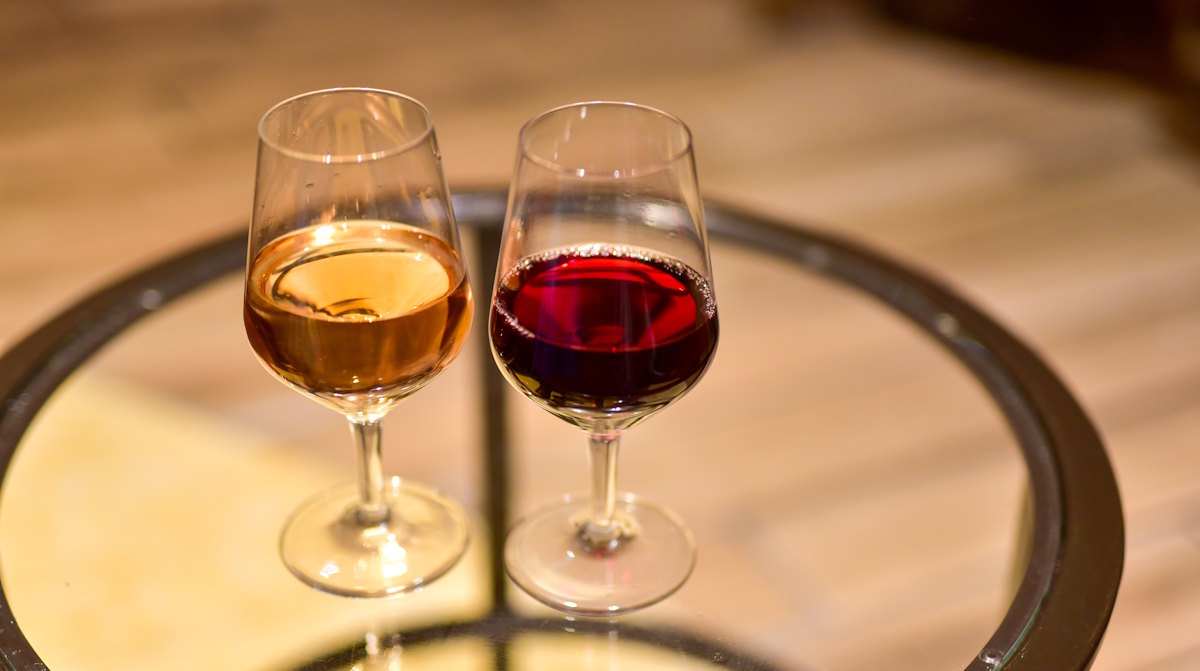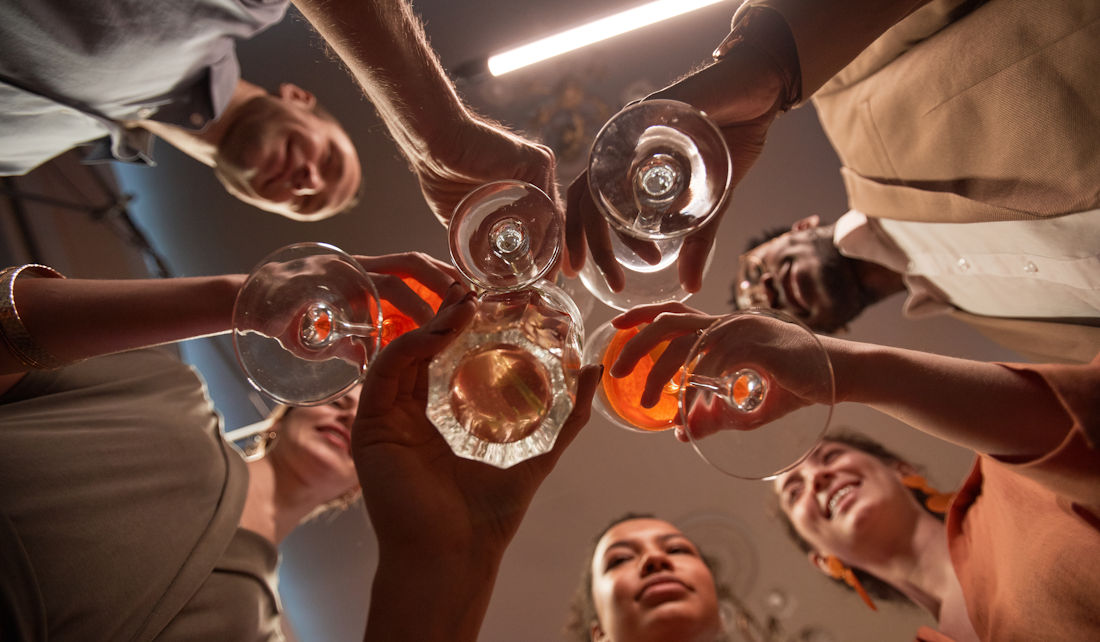Port, sherry and vermouth – you’ve probably stumbled across these names in restaurants and on the shelves of your local liquor store. Categorized as fortified wines, you’ve likely sipped on them before in a cocktail at the very least.
Humans have been drinking fortified wine for hundreds of years. Particularly popular in European countries, these fortified wines made their way to North America where we’ve also enjoyed them as aperitifs before dinner, digestifs after dinner, with desserts, or inside cocktails.
In this article we’re diving into the world of fortified wines. What are they, exactly? And what’s the difference between port, sherry, vermouth and other products?
What is Fortified Wine?
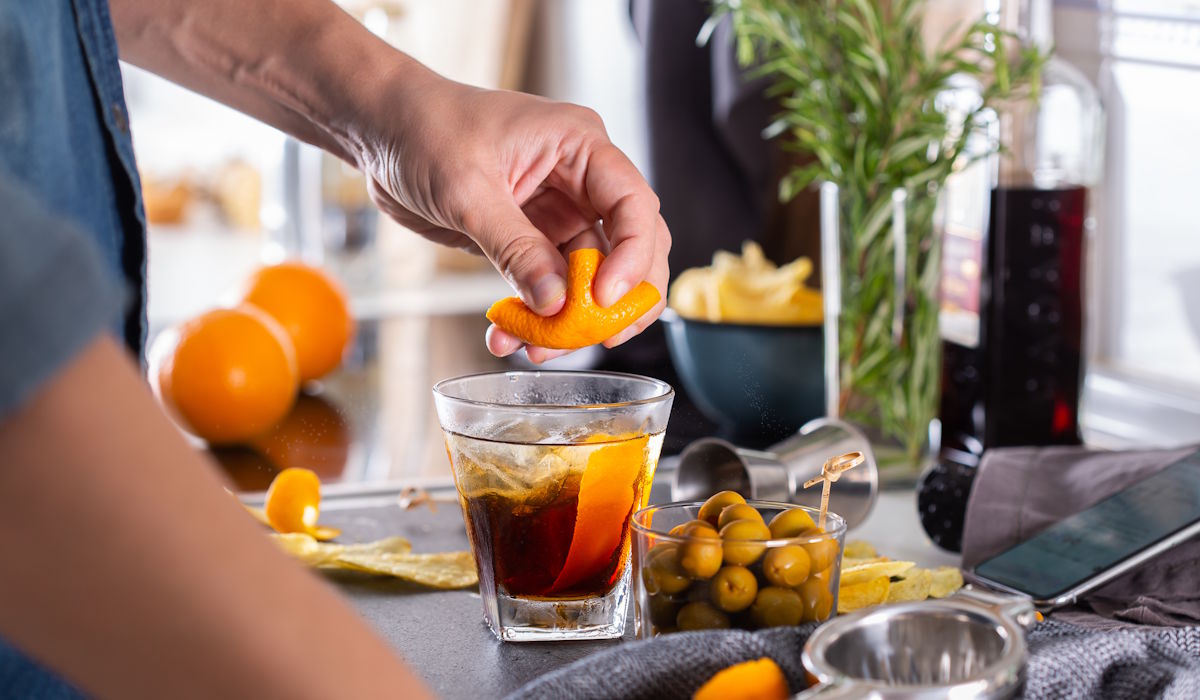
All fortified wine begins as wine before being “fortified” (added to). This act of adding different distilled spirits, herbs, and spices to the wine stops the fermentation process and increases the alcohol content. A standard table wine typically won’t exceed 15% alcohol by volume (ABV), but fortified wines can usually be found around 18-20% ABV.
Aside from influencing the alcohol content, the fortification of wine brings out some incredible aromas and flavours. There are different kinds of fortified wine with different characteristics, as we’ll see, with unique versions coming out of Portugal, Spain, and Italy.
Let’s meet some of the most popular fortified wines on the market:
Port
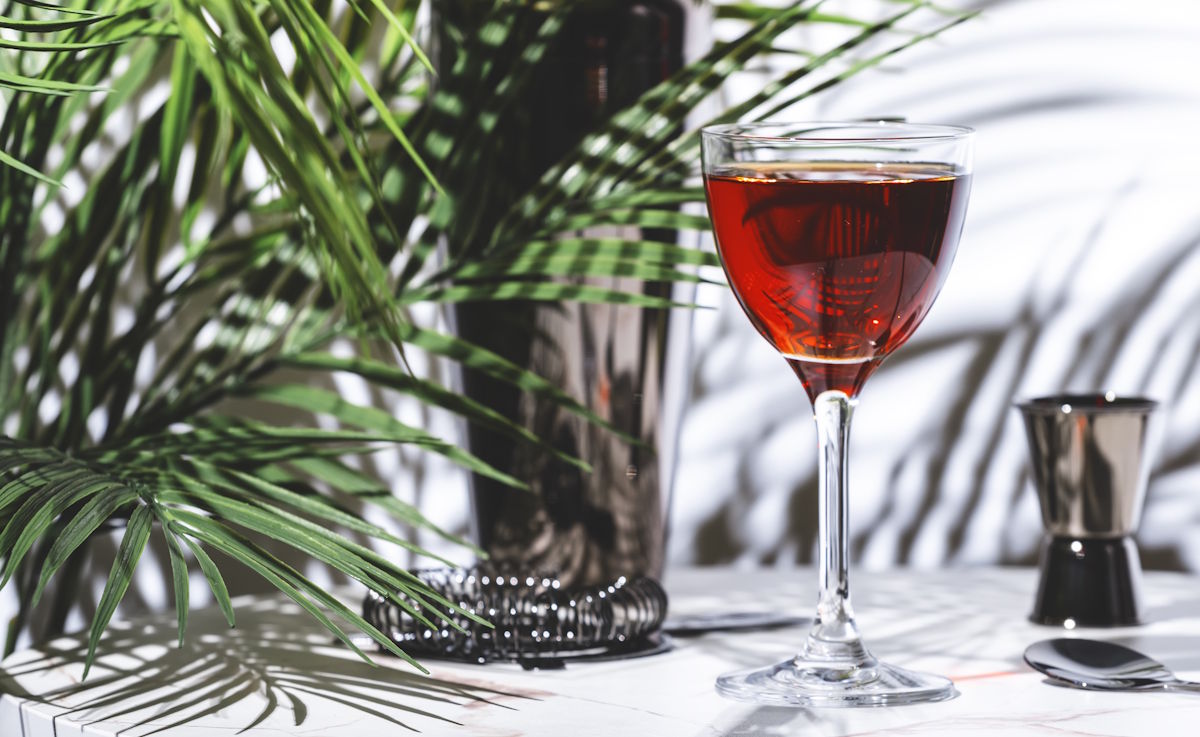
Port wine is a Portuguese fortified wine from the famed Douro Valley. The Portuguese have been making wine since the Roman times, but port wine dates back to 17th century British merchants on the lookout for a robust wine that could hold up during the long sea expeditions. In 1703, a tax reduction on Portuguese wines allowed port wine to soar in popularity in England. To this day, all port wine must be made with Portuguese wine from the Douro Valley – just like Champagne can only be called such if it’s from the region in France.
The process of making port begins by crushing and fermenting the grapes in granite tanks. Over time, the yeasts convert the natural sugars in the grape juice into alcohol. Once roughly half of the sugar has been converted, the process is halted by adding a neutral grape spirit like aguardiente or brandy. This shoots the ABV to around 20%. From there, the fortified wine is aged in wooden barrels before being bottled.
Port wine is sweet, with a flavour profile full of ripe berries, plus often chocolate, caramel and nuts. There are distinct types of port wine, each with their own characteristics. Ruby port has standout raspberry and blackberry flavours. Tawny port has an aged, nutty flavour. And white port tastes more of citrus and honey.
Sherry
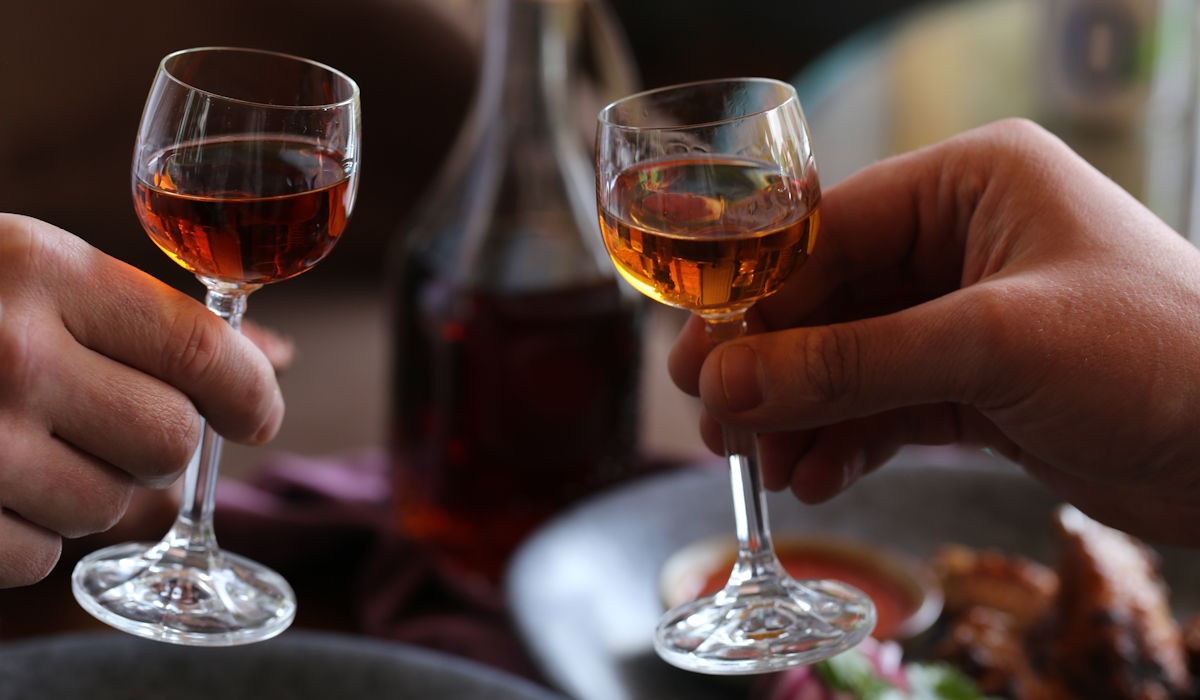
Sherry is a category of fortified wine with ancient roots. The origins of sherry production can be traced back to the introduction of winemaking to Spain by the Phoenicians in the 1100 BCE. When the Moors invaded, they brought distillation, which birthed brandy and sherry. The Spanish city of Jerez became the epicenter of sherry production, which the Moors renamed to ‘Sherish’, which eventually became ‘Sherry’. By the 16th century, sherry had developed a fine wine reputation across Europe. In the 17th century, sherry was fortified with grape spirits for preservation, and the rest is history.
Sherry is made with dry white wine. Most sherry is made from the Palomino grape, grown widely in Spain and South Africa, while other varieties are made with Muscatel and Pedro Ximenez grapes. The wine is then fermented in stainless steel vats for weeks, before being fortified and aged depending on variety.
Broadly speaking, sherry has flavours of nuts and dried fruit. There are dry varieties of sherry like ‘Fino’, which is tangy and nutty, and ‘Manzanilla’, made in the coastal town of Sanlúcar de Barrameda with a saline profile. You can also buy sweet sherry with a syrupy, creamy texture that’s drunk as a dessert wine.
Vermouth
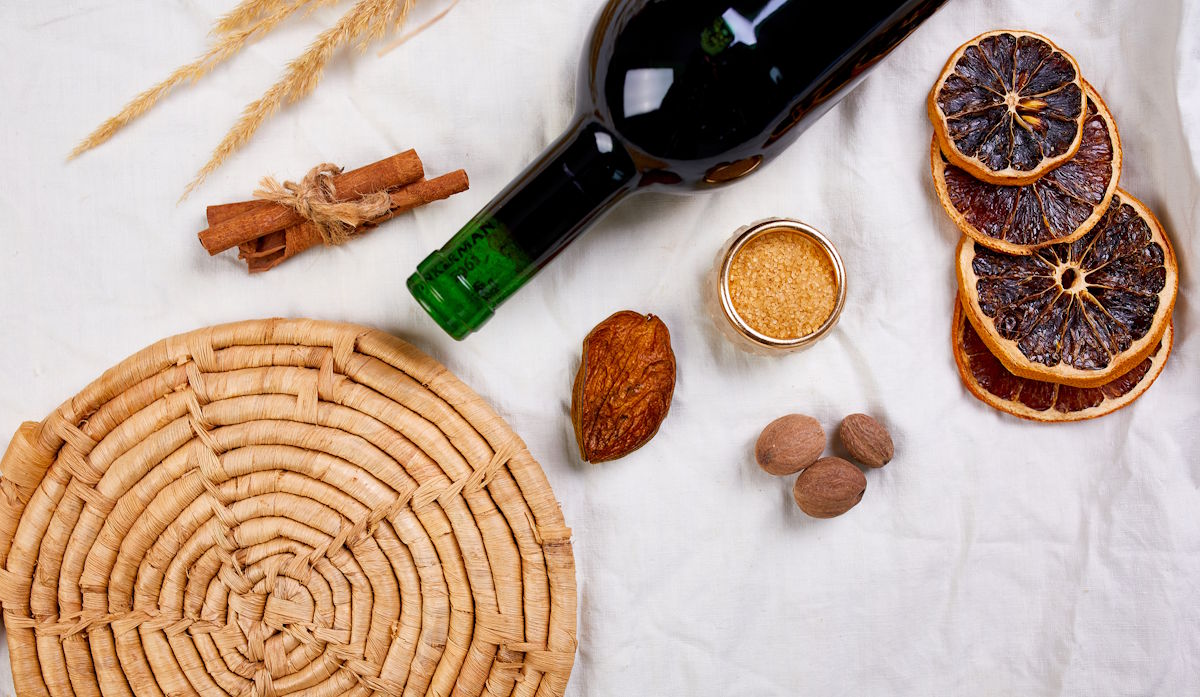
Vermouth is a fortified and aromatized wine that dates back to 18th century Turin, Italy. Some historians believe the history begins even sooner, but the modern version of vermouth made with botanicals is for sure home to Turin. Made with spices and herbs, vermouth was originally used for medicine before evolving into the widely enjoyed aperitif and foundational cocktail ingredient.
Most vermouth is typically made with a white wine base – even much of the ‘rosso’ vermouth, which is red in colour. Italian law states that all vermouth must contain at least 75% wine, and be infused with herbs and spices. Different vermouth makers will incorporate their own mix of aromatic herbs, roots, barks, flowers, and spices. Alcohol is then added to raise the ABV before being sweetened, blended, clarified and filtered.
The flavour profile of vermouth is distinct, due to the combination of herbal, spicy, and floral ingredients. Vermouth is always sweet, but there’s also an unmistakable bitterness that balances things out. Typically, red vermouth will be sweeter (known fittingly as ‘sweet vermouth’), while white vermouth (‘Bianco’) will be more delicate and tarter while less bitter.
Port, sherry, and vermouth are heavy hitters in the fortified wine market, but there are others, hailing from all over the world with their own unique characteristics:
- Marsala: A fortified wine from the Marsala region in Sicily, Italy, characterized by smoky and nutty flavours.
- Madeira: From the Portuguese island of Madeira, this fortified wine is grown close to the ocean on volcanic land with a sweet, acidic, and full-bodied profile.
- Vin Doux Naturel: Typically made with Muscat or Grenache, this naturally sweet wine hails from the south of France.
- Commandaria: Commandaria comes from Cyprus, specifically the foothills of the Troödos mountains, where the process involves sun-drying and oak barrel aging.
- Rutherglen Muscat: This fortified wine comes from the Rutherglen wine region in Victoria, Australia, made from Muscat Blanc à Petits Grains grapes.
Fortified wines are a delicious treat before or after dinner, plus they make for excellent patio sippers and contribute to refreshing cocktails. Visit one of Springs Group’s 15 liquor stores to browse our selection of fortified wines and get help picking out a bottle. We hope to see you soon!
